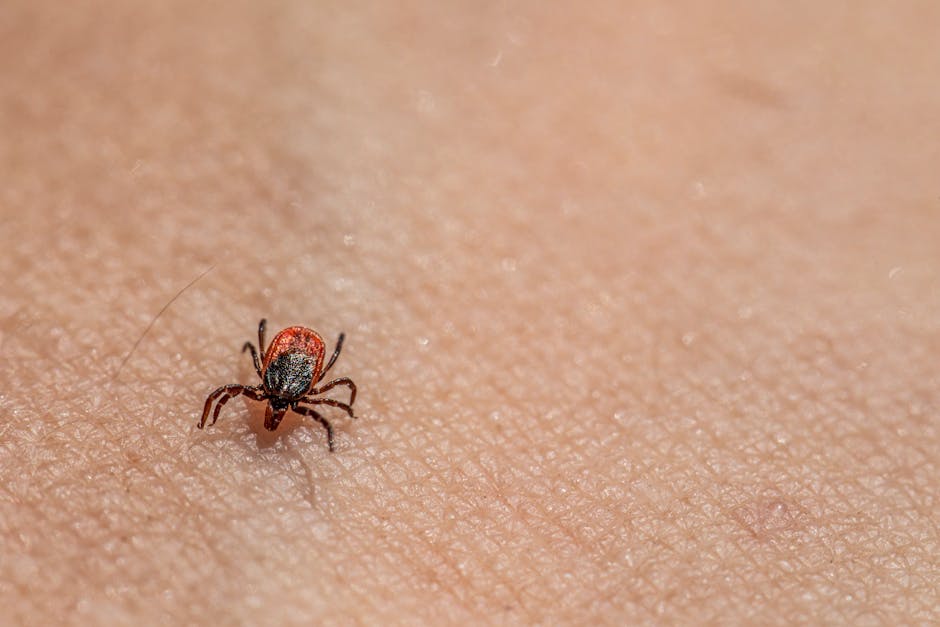Unveiling the Tiny World: Exploring Arachnids Related to Ticks
Ticks, those minuscule blood-sucking parasites, often evoke feelings of unease and apprehension. But the world of arachnids extends far beyond these notorious creatures. A plethora of tiny arachnids, often overlooked, share a lineage and, in some cases, similar ecological niches with ticks, presenting a fascinating realm of biodiversity and scientific inquiry. This exploration dives deep into the world of these often-unseen relatives, highlighting their unique characteristics, habitats, and ecological roles.
Understanding the Arachnid Family Tree
To understand the relationship between ticks and other tiny arachnids, we must first grasp their taxonomic classification. Ticks belong to the order Ixodida within the class Arachnida. This class also encompasses spiders, scorpions, mites, and harvestmen, amongst others. The diversity within Arachnida is astounding, highlighting the evolutionary success of this group.
While ticks are relatively well-known due to their parasitic nature and potential disease transmission, many of their arachnid relatives remain largely unknown to the general public. Many of these relatives are microscopic, inhabiting diverse environments and playing crucial roles in their respective ecosystems.
Mites: Close Cousins to Ticks
Mites (order Acari) are perhaps the closest relatives to ticks. They share a similar body plan, though mites exhibit a significantly greater degree of morphological diversity. While some mites, like ticks, are parasitic, many others are free-living, playing important roles as decomposers, predators, or even symbionts.
Parasitic Mites: A World of Tiny Parasites
Parasitic mites affect a wide range of hosts, including humans, animals, and plants. Some, like chiggers (Trombiculidae), cause itchy skin irritations. Others are responsible for infestations in livestock, impacting agricultural productivity. The diversity of parasitic mites is immense, each species adapted to its specific host and lifestyle.
Free-Living Mites: Unsung Heroes of the Ecosystem
The majority of mites are free-living, occupying a vast array of habitats from soil to water to decaying organic matter. These mites contribute significantly to nutrient cycling and decomposition, playing a critical role in maintaining the health of various ecosystems. Their microscopic size allows them to access resources unavailable to larger organisms, making them keystone species in many habitats.
Other Tiny Arachnids Related to Ticks
Beyond mites, other tiny arachnids share a more distant relationship with ticks. While their morphology and lifestyles might differ significantly, their shared ancestry within the class Arachnida connects them through a common evolutionary history.
Opiliones (Harvestmen): The Misunderstood Arachnids
Harvestmen, often mistaken for spiders, are a distinct order within Arachnida. They are characterized by their long legs and segmented bodies. While some species might be relatively large, others are quite small, inhabiting various terrestrial habitats. They are primarily detritivores, feeding on decaying organic matter, contributing to nutrient cycling within their ecosystems.
Pseudoscorpions: Tiny Predators in Hidden Corners
Pseudoscorpions are tiny arachnids resembling scorpions, but lacking a tail. They are primarily predators, feeding on small insects and other invertebrates. They often inhabit concealed environments such as under rocks, bark, or in leaf litter. Their small size allows them to thrive in microhabitats inaccessible to larger predators.
The Ecological Importance of Tiny Arachnids
Despite their often overlooked presence, tiny arachnids play crucial roles in various ecosystems. Their abundance and diversity contribute significantly to ecological processes, impacting nutrient cycling, predator-prey relationships, and overall ecosystem stability.
Nutrient Cycling: Decomposers and Detritivores
Many tiny arachnids, such as mites and harvestmen, function as decomposers and detritivores. They break down organic matter, releasing essential nutrients back into the environment. This process is crucial for maintaining soil health and supporting plant growth.
Predator-Prey Interactions: Maintaining Balance
Predatory tiny arachnids, like pseudoscorpions and some mites, help regulate populations of other invertebrates. This helps maintain a balance within the ecosystem, preventing any single species from becoming dominant and disrupting the ecological equilibrium.
Research and Conservation of Tiny Arachnids
Despite their ecological importance, many tiny arachnids remain understudied. Their small size and often cryptic lifestyles make them challenging to research. However, ongoing research efforts are revealing fascinating insights into their biology, ecology, and evolutionary history.
Conservation efforts for tiny arachnids are often integrated into broader habitat conservation strategies. Protecting and restoring natural habitats is essential for safeguarding the diversity and abundance of these often-overlooked creatures.
Conclusion: A World Waiting to be Discovered
The world of tiny arachnids related to ticks is a vast and fascinating realm, teeming with biodiversity and ecological significance. From parasitic mites to free-living predators, these creatures play crucial roles in maintaining the health of our planet’s ecosystems. Further research and conservation efforts are essential to unveil the secrets of this often-unseen world and ensure the continued survival of these remarkable creatures.
Understanding the relationships and roles of these tiny arachnids helps us appreciate the complexity and interconnectedness of life on Earth. By continuing to explore and protect their habitats, we can contribute to the preservation of biodiversity and the overall health of our planet.

